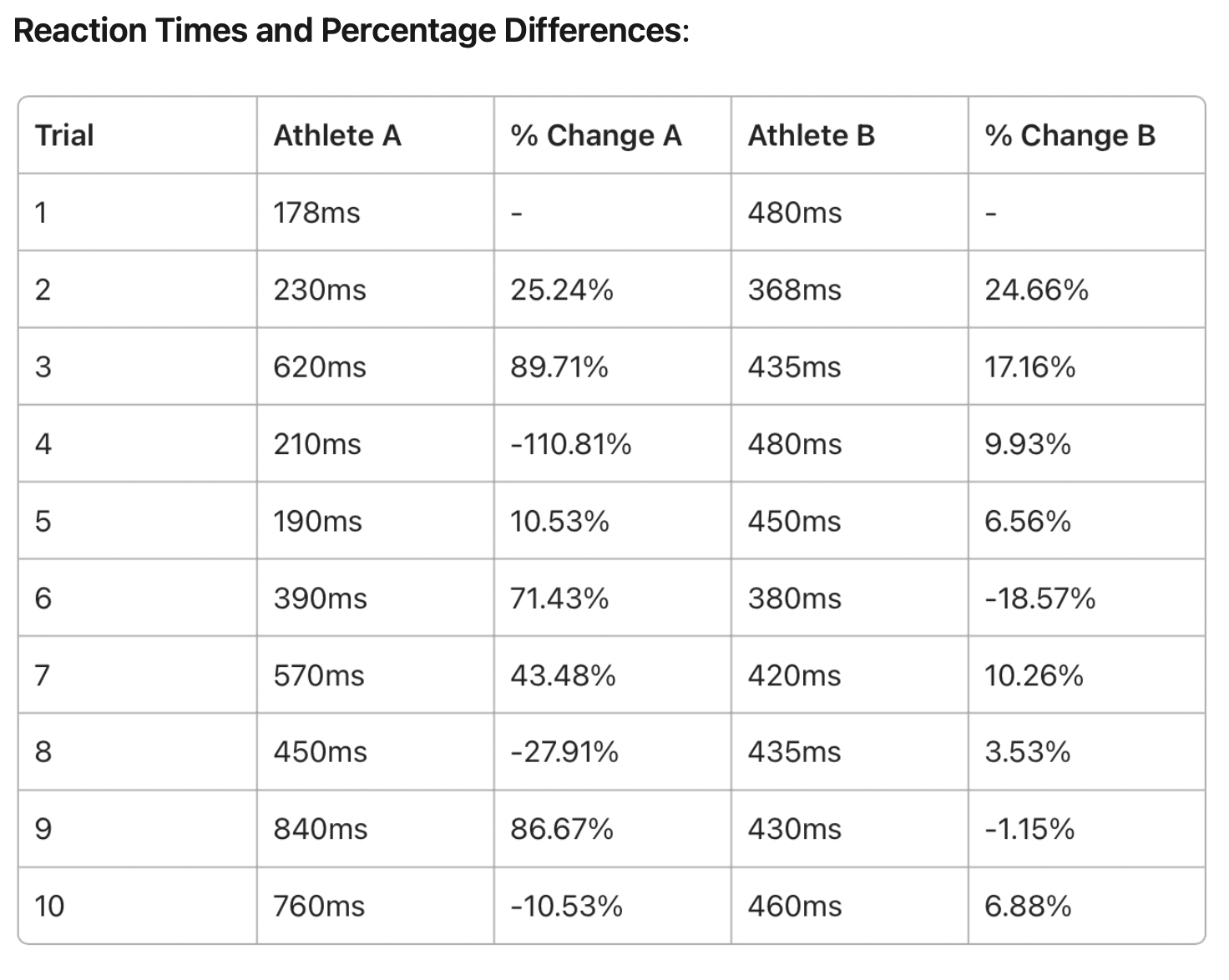Why Reaction Time Isn't Always a Reliable Performance Indicator
While reaction time is a key aspect, its variability and inconsistency can sometimes cloud our understanding of overall cognitive development. It's just one part of a much larger picture. Being aware of its fluctuations helps us interpret its role more effectively.

Reaction time often takes the spotlight in cognitive research discussions. But it's important not to get misled into thinking that it's the only measure of cognitive improvement.
While reaction time is a key aspect, its variability and inconsistency can sometimes cloud our understanding of overall cognitive development. It's just one part of a much larger picture. Being aware of its fluctuations helps us interpret its role more effectively.
Measuring Reaction Time: A Structured Method
Think of reaction time as a piece of a larger puzzle. We measure it by gathering individual reaction times from various trials, combining them, and then calculating the average by dividing the total time by the number of trials.
For example, let's say we have 10 reaction times from 10 different trials. To find the average, add these times together and divide by 10:
500ms, 900ms, 300ms, 500ms, 1,200ms, 300ms, 500ms, 345ms, 233ms, 984ms
This results in an average reaction time of 576.2ms.
Why Reaction Time Isn't Always a Reliable Performance Indicator
Calculating reaction times is like trying to find a balance. When we sum up all the responses and divide by the number of trials, the outliers can skew the overall result.
For example, a few exceptionally fast reactions might lower the average reaction time, giving the impression of better performance than is accurate.
To illustrate this, imagine two athletes who have an average reaction times within 10ms of each other.

At first glance, Athlete A and Athlete B seem closely matched; however, a closer look at their reaction times reveals a different story. Athlete B shows consistent response times within a tight range, whereas Athlete A's times vary widely.
This difference underscores the fluctuating nature of reaction time and the need for careful analysis when interpreting such data.

Depending solely on reaction time as a metric can lead to a distorted view of performance.
To gain a full understanding, it's crucial to examine individual metrics closely and then integrate them into a cohesive analysis.
Conclusion
Assessing reaction time effectively requires looking at both its speed and its consistency. This two-pronged approach provides a deeper understanding of individual performance, highlighting the need for a comprehensive and varied analysis.
🌐 Connect With Us
🌍 Soma Technologies: Engineered to enhance human performance.
📸 Instagram: Dive into our world through exclusive photos and stories.
👥 Facebook: Join our community for the latest updates and discussions.
📈 LinkedIn: Connect with us professionally and stay informed about industry news.
🎥 YouTube: Watch our latest videos, tutorials.
🐦 X: Follow us for instant updates, news, and engaging tweets.
